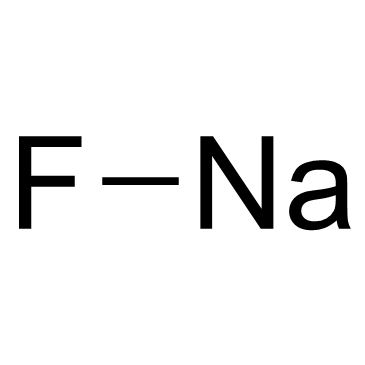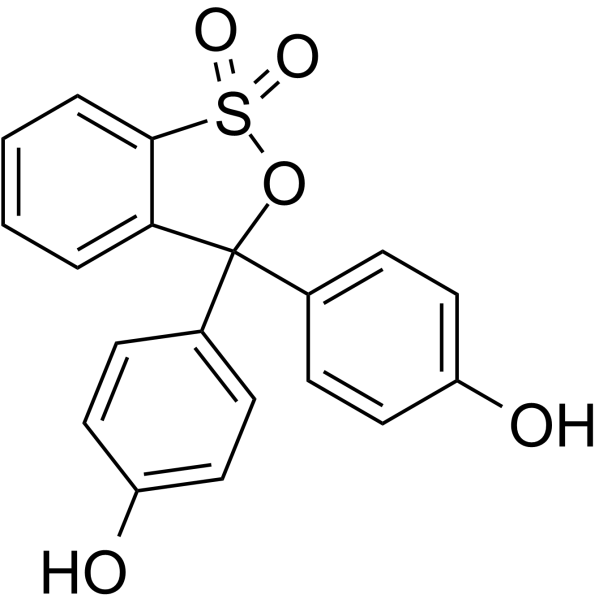| Structure | Name/CAS No. | Articles |
|---|---|---|
 |
Sodium Fluoride
CAS:7681-49-4 |
|
 |
AEBSF HCl
CAS:30827-99-7 |
|
 |
L-Glutamine
CAS:56-85-9 |
|
 |
Phenol red
CAS:143-74-8 |